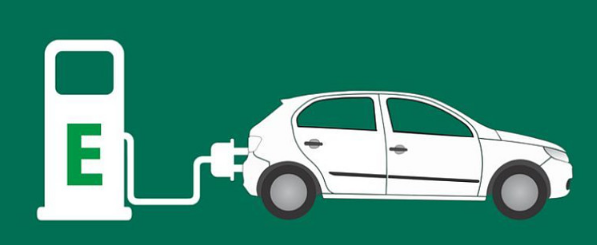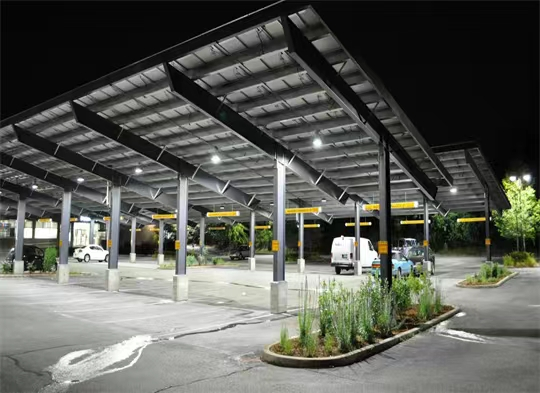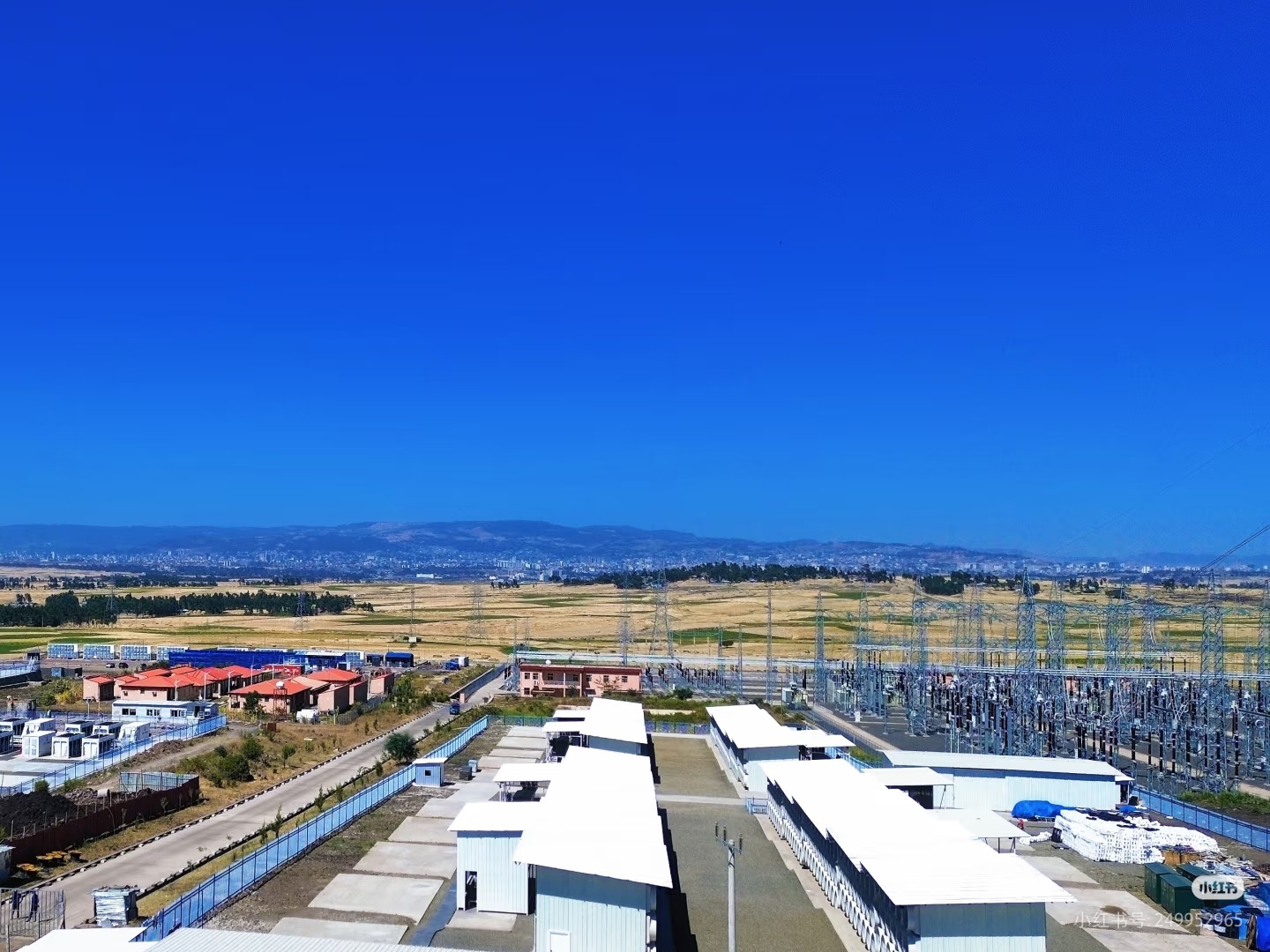As the contradictions between global resources, environment, population growth and economic development are becoming increasingly acute, while adhering to the development of material civilization, we must also seek to establish a new model for the coordinated development of man and nature. All countries have made measures to adjust industrial structure and improve energy efficiency. In order to strengthen the control of air pollution and reduce energy consumption, and implement the urban low-carbon development strategy, the Ministry of Housing and Urban-Rural Development issued a notice on strengthening the planning and construction of urban electric vehicle charging facilities, related guidance, financial subsidies and construction management regulations launched one after another. The development of the electric vehicle industry is an important direction of the national new energy strategy. The construction of sound charging facilities is the premise of realizing the industrialization of electric vehicles. The construction of charging facilities and the development of electric vehicles complement each other and promote each other.
Charging pile also known as electric vehicle supply equipment,EVSE It is a device to supplement electric energy for electric vehicles (including pure electric vehicles and plug-in hybrid electric vehicles), similar to gas stations or gas stations used by fuel vehicles.
Definition of charging pile: refers to the charging equipment that provides charging services for electric vehicles. It is mainly divided into floor-mounted charging piles and wall-mounted charging piles, which mainly adopt the charging method of timing, electricity meter, and amount. The function is mainly similar to the fuel dispenser at the gas station.
Charging pile application scenarios are divided into construction and generally include DC charging piles, AC charging piles, split charging piles, AC and DC integrated charging piles, etc., which can be fixed on the ground or walls and installed in public buildings (public buildings, shopping malls, public parking lots) etc.) and residential area parking lots or charging stations, it can charge various types of electric vehicles according to different voltage levels.

Status: As a clean and energy-saving new type of transportation, new energy vehicles can replace traditional petroleum energy. The current penetration rate is increasing year by year. Correspondingly, the charging piles of the new infrastructure sector as supporting facilities have also begun to accelerate their rise. According to data released by the China Charging Alliance, by the end of 2020, the number of domestic new energy vehicles and charging piles was 4.92 million and 1.681 million, respectively, and the vehicle-to-pile ratio was about 2.9:1.
With the explosion of sales of new energy vehicles, as of June this year, the number of new energy vehicles was 6.03 million, an increase of 22.6%. During the same period, the number of charging piles nationwide was 1.947 million, an increase of only 15.8%. 3.1:1. Moreover, 1.024 million of them are private charging piles, all of which are inside the community and are mainly used at night. That is to say, there are only 923,000 public charging piles for external use, and each public charging pile corresponds to 6-7 vehicles on average, not to mention Said it was around the highway. On September 26, the State Council Information Office held a press conference on accelerating the construction of new infrastructure in the field of transportation. According to the data at the meeting, the current number of charging piles on highways nationwide has reached 10,836, 95 new charging pile service areas, and 2,318 charging pile service areas. During the National Day holiday, the demand for charging in high-speed service areas soared. In order to wait for charging, many car owners even dared not go to the toilet, and some car owners fought fiercely to compete for charging piles. The main problem is the increase in the number of new energy vehicles and the imbalance in the number of charging piles.

Charging piles charge corresponding electric vehicles according to different voltage levels. The charging principle of the charging pile is that after the battery is discharged, direct current passes through the battery in the opposite direction to the discharge current to restore its working ability. This process is called battery charging. When charging the battery, the positive pole of the battery is connected to the positive pole of the power supply, and the negative pole of the battery is connected to the negative pole of the power supply. The voltage of the charging power supply must be higher than the total electromotive force of the battery. Charging piles are mainly divided into DC charging piles and AC charging piles. DC charging piles are commonly known as “fast charging”, which mainly uses power electronics related technologies to transform, rectify, invert, and filter AC power, and finally obtain DC output. Provide enough power to directly charge the battery of electric vehicles. The output voltage and current can be adjusted in a large range, which can meet the requirements of fast charging. The AC charging pile is commonly known as “slow charging”. A charging device that provides AC power to the battery of an electric vehicle for the on-board charger.
To put it simply, since the lithium battery must be charged by DC, the DC charging pile can directly complete the conversion of electric energy from AC to DC, while the conversion process that the AC charging pile needs to complete on the vehicle charger of the electric vehicle is subject to the constraints of vehicle charging. The size of the charger, the power is generally smaller, and the charging speed is slower. The same amount of DC charging takes about 1 hour, while AC charging takes 6-7 hours to complete the same amount of charging. With the development of charging technology, there are wireless charging technology, battery replacement technology, charging stack technology, etc. on the basis of ordinary AC and DC charging piles.

Charging pile APP is an indispensable software for energy vehicle owners. The APP software effectively improves the efficiency of users in finding and using charging piles:
- The location of the charging pile within the visible range can be located and navigated through the map;
- Choose fast charging, slow charging and other types according to the travel plan of the car owner;
- Display the status of the charging pile, and check whether it is in use, and the owner can make an appointment for the charging pile in advance;
- Display charging pile operators and charging instructions, and Alipay and WeChat payment can be used;
- Car owner community, where car owners can evaluate and communicate with used charging piles or charging stations;
- Private charging piles can apply for access to the APP for other car owners to use to obtain benefits;
- Management and query of user details query, user status, consumption records and other information.
The function of the electric vehicle charging pile is similar to that of the fuel dispenser in the gas station. It can be fixed on the ground or wall, or placed in the parking lot of the community. It can charge various types of electric vehicles according to different voltage levels. Similar to gas stations, the emergence of electric vehicle charging piles is a good solution to people’s emergencies.

Electric vehicle charging pile, plug an AC power cable with a plug directly into the charging socket of the electric vehicle to charge the battery. The on-board charging device is usually simple in structure, convenient in control, and highly targeted. The emergence of electric vehicle charging piles meets various charging methods for various batteries.
In addition, the biggest advantage of electric vehicle charging piles is safety. There is no need to worry about the risk of electric shock. Each of its methods strictly meets the safety charging standards, so that users can charge in a safe environment. Since there is no direct point contact between the charger and the vehicle, there is no danger of electric shock even if the vehicle is charged in bad weather, such as rain and snow.
With the increasingly severe environmental problems, electric vehicles are developing rapidly as a green means of transportation, and their speed is extremely fast, and the emergence of electric vehicle charging piles has brought convenience to the masses. At the same time, it has actively promoted the application of new energy and Development has very important social and economic benefits.






